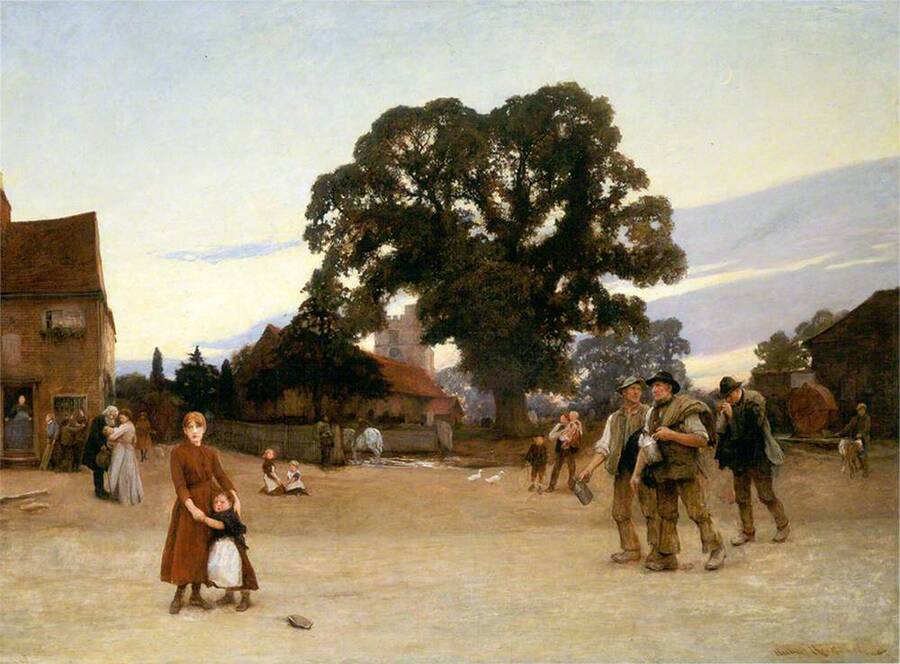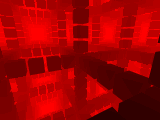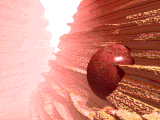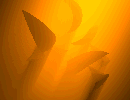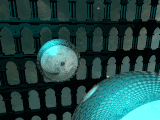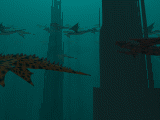Ars Sacra [Latin] – Sacred Art
Creativity is the way I share my soul with the world. - Brené Brown
The Essence of Creative Spirituality
Creative spirituality channels the human spirit’s longing for transcendence through artistic expression, viewing creation as a sacred act that connects the self to the divine or universal. It sees the life force—akin to the ancient pneuma (Greek for breath or spirit) or ruach (Hebrew for spirit)—as flowing through imagination, manifesting in art, music, poetry, or dance. Unlike social spirituality’s focus on community or intellectual spirituality’s rational inquiry, creative spirituality celebrates the intuitive, transformative power of creativity, whether in religious icons or secular masterpieces. From ancient cave paintings to modern abstract art, it transforms the act of creation into a spiritual journey. This exploration delves into its principles, practices, and role in humanity’s quest for meaning.
Foundations of Creative Spirituality
At its core, creative spirituality is rooted in the belief that creating art is a sacred act, reflecting a universal life force that animates both the artist and the cosmos. The act of creation—whether painting a canvas or composing a song—mirrors the divine or natural process of bringing order from chaos, echoing pneuma as the breath of inspiration. In Hinduism, the deity Saraswati inspires artistic expression, while Christian iconography sees art as a window to the divine. Secular artists, like those in the Romantic movement, find transcendence in nature’s beauty or human emotion. This approach appeals to those who see imagination as a bridge to the sacred, blending intuition with expression.
Practices and Expressions
Creative spiritual practices center on artistic creation as a form of worship or self-discovery. Painting or sculpting, as in Buddhist mandalas, creates sacred symbols that embody spiritual truths. Music and chanting, like Sufi qawwali or Gregorian hymns, evoke transcendence through sound. Writing poetry or storytelling, as in mystical traditions, captures the ineffable. Dance, such as Bharatanatyam in Hinduism or indigenous ceremonial dances, merges body and spirit. Modern practices, like art therapy or journaling, use creativity for healing and reflection. These acts transform imagination into a conduit for spiritual connection, inviting both artist and audience to the sacred.
Core Practices of Creative Spirituality
- Visual Art: Painting or sculpting sacred symbols, like mandalas or icons.
- Music and Chanting: Creating or performing sounds to evoke transcendence.
- Writing and Storytelling: Crafting poetry or narratives to express spiritual truths.
- Dance: Embodying the sacred through movement, like ritual or expressive dance.
Diversity Across Cultures
Creative spirituality spans global traditions, shaped by cultural and historical contexts. In medieval Europe, Christian cathedrals and illuminated manuscripts expressed divine glory. Hindu temple art, adorned with intricate carvings, reflects cosmic order. Indigenous Australian rock paintings convey Dreamtime stories, blending art with spiritual narrative. Islamic calligraphy transforms sacred words into visual poetry. Modern movements, like Abstract Expressionism, explore existential themes through secular art. Even digital art, from virtual installations to AI-generated visuals, extends creative spirituality into new realms. These diverse expressions highlight art’s universal role in connecting humanity to the sacred.
Strengths and Challenges
The strength of creative spirituality lies in its accessibility, inviting anyone with imagination to explore the sacred through creation. It fosters emotional and spiritual growth, bridging cultural and religious divides with universal expression. Its flexibility allows it to thrive in both traditional and modern contexts. However, its subjective nature can make it hard to define, risking dismissal as mere aesthetics. Commercialization threatens authenticity, turning sacred art into commodities. Balancing personal expression with spiritual depth is key, ensuring creativity remains a genuine path to transcendence rather than self-indulgence.
The Personal and the Collective
Creative spirituality weaves personal and communal threads. An artist painting alone channels a personal connection to the divine, while communal creations, like group murals or choral performances, foster shared transcendence. The life force—whether ruach or creative energy—flows through these acts, linking individual inspiration to collective meaning. For example, a cathedral’s stained glass inspires worshippers, while a community drum circle unites participants in rhythm. This duality makes creative spirituality a bridge between the self’s inner vision and humanity’s shared quest for beauty and truth.
Creative Spiritual Traditions and Expressions
- Hinduism: Temple art and Bharatanatyam dance as divine expressions.
- Christianity: Iconography and hymns to reflect divine glory.
- Indigenous Traditions: Rock paintings and ceremonial dances for spiritual storytelling.
- Modern Secular Art: Abstract or expressive works exploring existential themes.
Creative Spirituality in a Modern Context
In today’s world, creative spirituality thrives amid growing interest in art as therapy and self-expression. Digital platforms amplify artistic creation, from online galleries to music streaming, making spiritual expression accessible. Scientific studies on creativity’s impact on mental health align with its spiritual benefits, framing art as a healing force. Yet challenges persist: mass production and consumerism risk diluting sacred art, and digital saturation can overwhelm authentic expression. For seekers, creative spirituality offers a path to transcendence through imagination, transforming the act of creation into a sacred dialogue with the universe.
Bridging to Broader Exploration
Creative spirituality, with its focus on artistic expression, builds on social spirituality’s communal bonds while contrasting with intellectual spirituality’s rational focus. It shares mystical spirituality’s intuitive depth but externalizes it through creation. The series continues with dualism, which explores spiritual tensions between opposing forces, offering another lens on humanity’s quest for meaning. Creative spirituality’s sacred art illuminates the soul’s search for transcendence through imagination.

